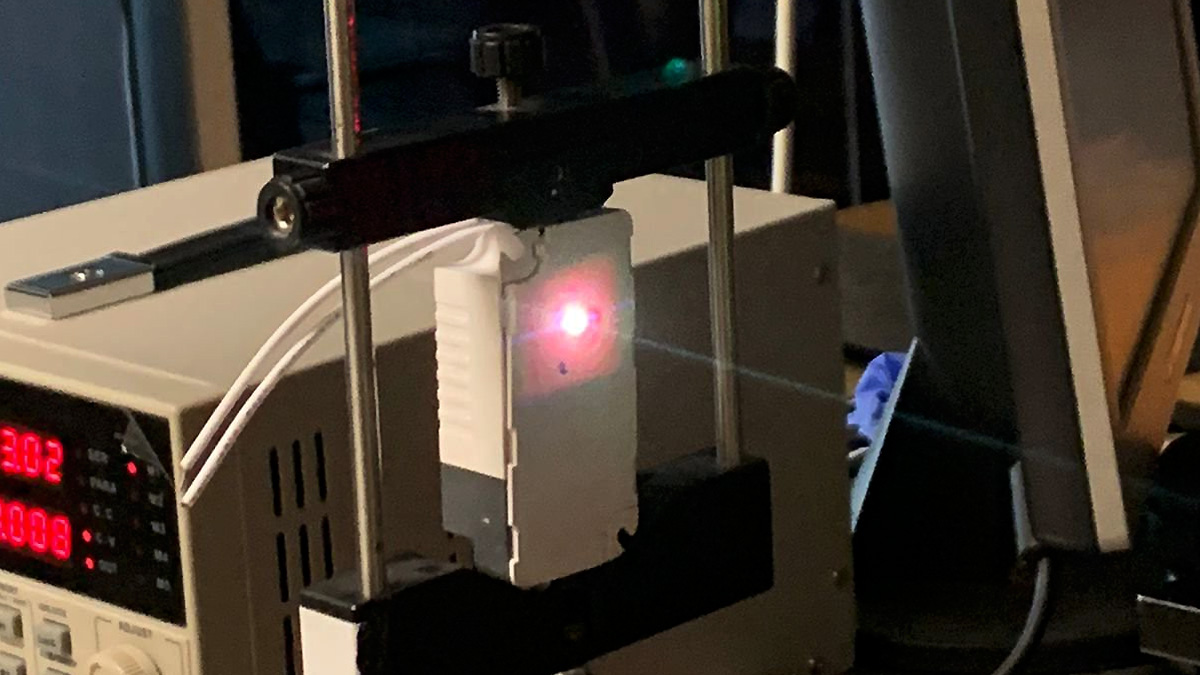
If you’ve used a computer, it’s almost certain you have used Microsoft Word . The aptly named word processor is one of the most influential computer programs in history. From schools to businesses, it’s become a daily part of life for millions of users around the world.
Word rose to global ubiquity because it offered something unique. It was the first word-processing software to embody what Microsoft described as the WYSIWYG (What You See Is What You Get) design philosophy. The idea that what-you-see on the screen is what-you-get if you pressed print is taken for granted in the modern world.
But it was a game changer at the time. Within a decade of its official release, Microsoft Word captured a 90 percent share of the word-processing market – officially marking itself as the one of the most successful software products of all time. Last week, on October 25th 2024, Microsoft Word turned 41.
It’s been a long time since it changed the game by delivering WYSIWYG. So what does the future hold for the world’s most popular processor? Co-Founder of Templafy. Processing a milestone Change is on the horizon for Word.
But it’s not because we don’t need word processing software anymore. Digital documents exist at the foundation of daily work for about 1.2 billion people.
Knowledge workers - professionals who generate value for their organizations through expertise, critical thinking and interpersonal skills - use documents every day. The majority need some form of business document to turn the work they do into deliverable value. Are you a pro? Subscribe to our newsletter Sign up to the TechRadar Pro newsletter to get all the top news, opinion, features and guidance your business needs to succeed! So what’s changing? Humans still need processors like Word.
But in the era of Artificial Intelligence (AI) and automation - word processors no longer need humans as they have before. The practitioners (us) are being disrupted, rather than the processors. And this is a good thing.
Knowledge is power Big businesses are the product of many small processes. But small processes can take a big toll on people. Repetitive tasks not only negatively impact a business by absorbing hours of time from experts - but also reduce the happiness and productivity of employees.
And this is why there is such a buzz around AI and Generative AI (GenAI) for businesses. AI could add £119 billion to the UK economy in workplace productivity alone by saving professionals up to 2.9 hours per day according to new research AI and Generative AI (GenAI) is immensely powerful.
But it isn’t anywhere near capable of doing what knowledge workers do - which requires human nuance, understanding and a deep appreciation of context. Knowledge workers solve unique problems every day. AI is only effective when it is supplied with large amounts of accurate information and context.
However - there are areas in which AI and automation excels. Manually managing knowledge and driving value through processors like Word is a time consuming - but critical - daily task for professionals around the world. New technology platforms are filling the gap between AI and human knowledge work by automating document generation.
The impact of this is twofold. Firstly, by increasing the efficiency with which employees can complete small tasks, experts can get on with the stuff that delivers real value. Secondly, businesses themselves reduce the potential risk caused by human error - saving money and protecting reputation.
Banks, for example, are built on documents. Every financial institution has huge libraries of records, sales sheets, applications, and more. There’s a lot of information - and no margin for error.
Consequently, UK banks and fintechs spend £21. 4k per hour fighting financial crime and fraud, pushing the UK’s annual compliance bill to £38.3bn.
We’re entering the second wave of AI innovation. (Which may not be as exciting or flashy as the first). But in this era it is clearer exactly where AI and automation can have the greatest impact: allowing knowledge workers to focus on the things that drive value - and empowering businesses to become more efficient and secure.
Getting your docs in a row Knowledge workers - whether working in a bank, or a law firm, or a consultancy - have been forced to become masters of tools like Microsoft Word. To construct a building, an engineer would first have to lay the foundation with documents. But this is no longer necessary.
Microsoft Word turns 41, and it isn’t at risk of becoming defunct. But its future looks entirely different to its past. Document work is becoming automated.
And this means us, the users, are being set free. Or maybe it’s Word that is being set free from us. Documents are here to stay.
But document work is not. We list the best Microsoft Office alternatives. This article was produced as part of TechRadarPro's Expert Insights channel where we feature the best and brightest minds in the technology industry today.
The views expressed here are those of the author and are not necessarily those of TechRadarPro or Future plc. If you are interested in contributing find out more here: https://www.techradar.
com/news/submit-your-story-to-techradar-pro.














